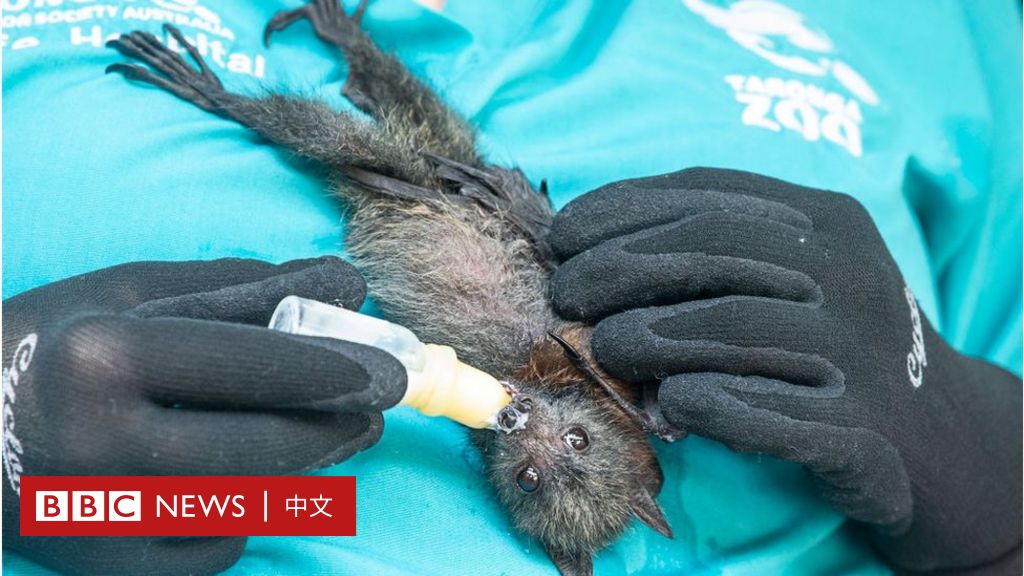From their own lab which they had not submitted before.
Also please see this post. link
Bat coronavirus isolate RaTG13, complete genome
GenBank: MN996532.1
FASTA Graphics
Go to:
LOCUS MN996532 29855 bp RNA linear VRL 10-FEB-2020
DEFINITION Bat coronavirus isolate RaTG13, complete genome.
ACCESSION MN996532 VERSION MN996532.1 KEYWORDS . SOURCE Bat coronavirus ORGANISM Bat coronavirus Viruses; Riboviria; Nidovirales; Cornidovirineae; Coronaviridae; Coronavirinae; unclassified Coronavirinae. REFERENCE 1 (bases 1 to 29855)
AUTHORS Zhu,Y., Yu,P., Li,B., Hu,B., Si,H.R., Yang,X.L., Zhou,P. and Shi,Z.L.
TITLE Direct Submission JOURNAL Submitted (27-JAN-2020) CAS Key Laboratory of Special Pathogens, Wuhan Institute of Virology, Center for Biosafety Mega-Science, Chinese Academy of Sciences, No. 44 Xiao Hong Shan, Wuhan, Hubei 430071, China
COMMENT ##Assembly-Data-START## Assembly Method :: CLC Genomics Workbench v. 12.0 Sequencing Technology :: Illumina ##Assembly-Data-END## https://www.ncbi.nlm.nih.gov/nuccore/1802633852
Also please see this post. link
Bat coronavirus isolate RaTG13, complete genome
GenBank: MN996532.1
FASTA Graphics
Go to:
LOCUS MN996532 29855 bp RNA linear VRL 10-FEB-2020
DEFINITION Bat coronavirus isolate RaTG13, complete genome.
ACCESSION MN996532 VERSION MN996532.1 KEYWORDS . SOURCE Bat coronavirus ORGANISM Bat coronavirus Viruses; Riboviria; Nidovirales; Cornidovirineae; Coronaviridae; Coronavirinae; unclassified Coronavirinae. REFERENCE 1 (bases 1 to 29855)
AUTHORS Zhu,Y., Yu,P., Li,B., Hu,B., Si,H.R., Yang,X.L., Zhou,P. and Shi,Z.L.
TITLE Direct Submission JOURNAL Submitted (27-JAN-2020) CAS Key Laboratory of Special Pathogens, Wuhan Institute of Virology, Center for Biosafety Mega-Science, Chinese Academy of Sciences, No. 44 Xiao Hong Shan, Wuhan, Hubei 430071, China
COMMENT ##Assembly-Data-START## Assembly Method :: CLC Genomics Workbench v. 12.0 Sequencing Technology :: Illumina ##Assembly-Data-END## https://www.ncbi.nlm.nih.gov/nuccore/1802633852


Comment